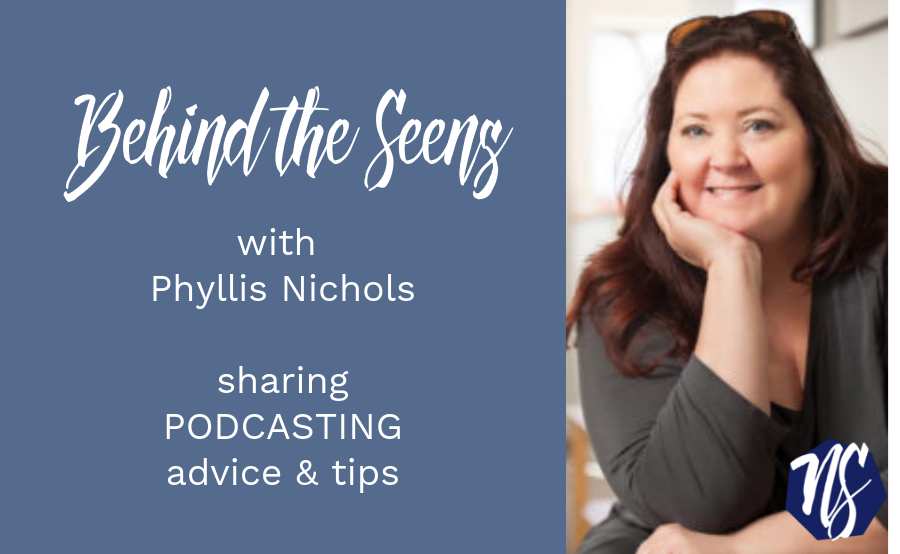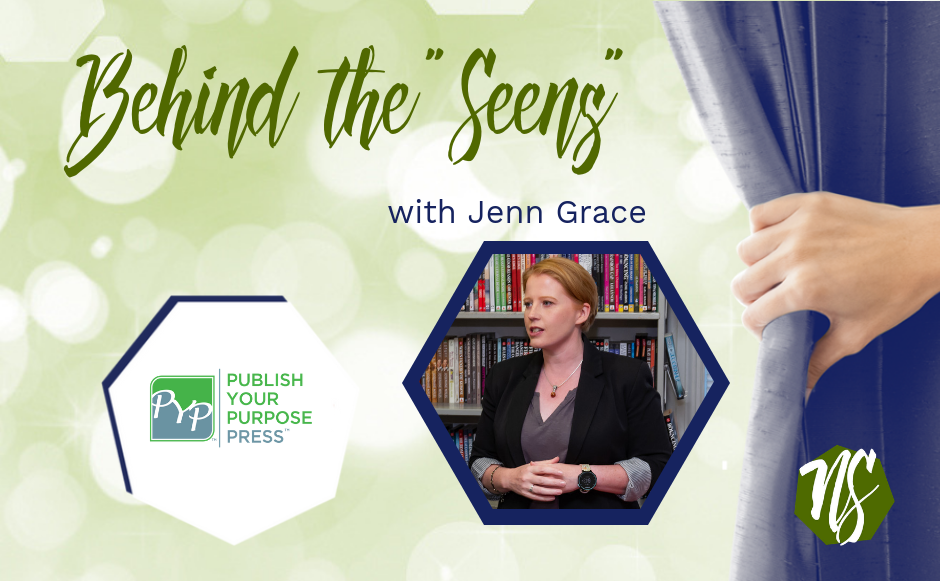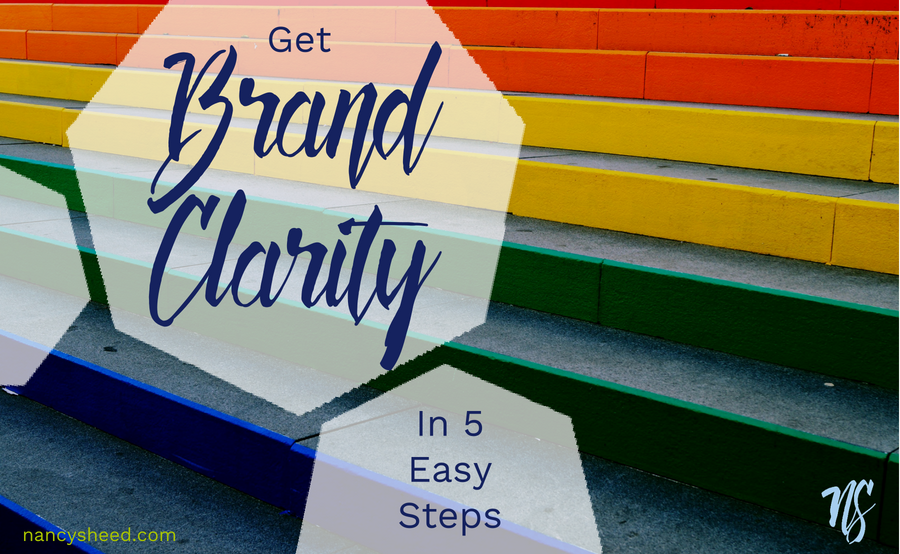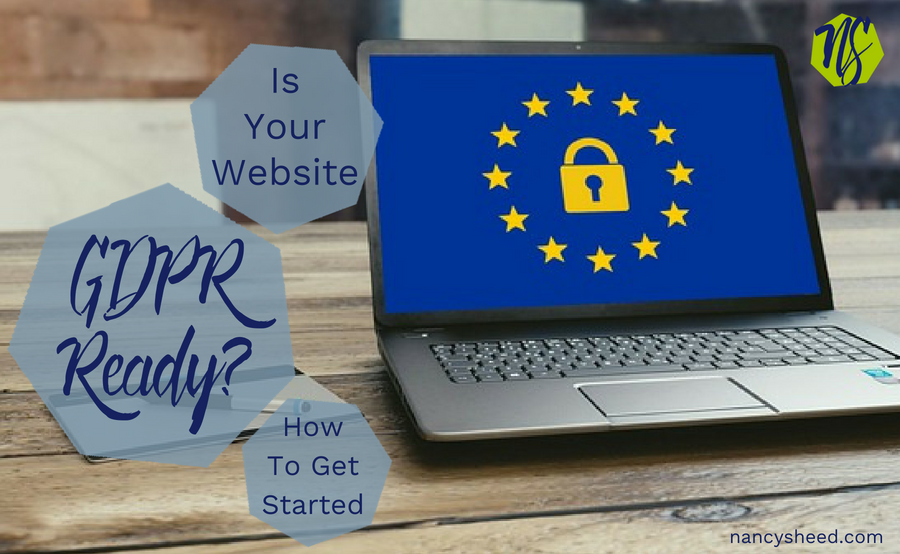Phyllis Nichols of SoundAdvice Sales and Marketing is an amazing master of messaging and crafter of content. We’ve worked together on all things digital marketing and helping people get their message out for the past several years. On the heels of a record-breaking year launching podcasts for clients, Phyllis shares her advice about why you should consider podcasting and how to get started.
Nancy: What is the difference you’re seeing in the type of client work you’re doing and in terms of content marketing in general?
Phyllis: Podcasting has been a game changer for us and the business obviously. It’s also been a game changer in how people can think about putting content together. Content marketing has a place and when it’s done well you get a good return but it’s a long game.
For some people depending on their team and their bandwidth and the way they like to communicate, creating content can be hard. Podcasting makes it easier. Most of us communicate much better verbally. We’re much more comfortable with that. We also come across better and more interesting than we might in written form. I could write an article with this information, but you and I having this conversation is ultimately much more interesting than anything I could ever write.
Nancy: What do you say to the person who’s says “I could never podcast because there is too much tech and investment involved.”?
Phyllis: The technology part was a legitimate issue a couple of years ago when podcasting was newer. In the early days of podcasting that was kind of true. You had to have some decent equipment and you had to understand some technology but today that is not true. You can start podcasting with your phone or with your laptop and a web-based app that doesn’t cost anything. Financially you don’t have to spend anything.
Nancy: Can people get into podcasting without having years of voice lessons or speaking lessons?
Phyllis: Podcasting is a really forgiving medium because it’s not live. You can sit down and record and you can pause, you can stop. You can redo it or you can edit it. Editing also takes out um’s and ah’s and pauses and background noise. You don’t have to be perfect. You don’t have to say everything just right because it’s not a one take situation. I could do it two or three times until it sounded just the way I wanted.
Nancy: How do you help your podcast clients look professional or how do you help them go from recording a podcast to showing up on iTunes?
Phyllis: I started podcasting a couple years ago and I figured it all out on my own. We’ve figured out all the steps you have to do in the very beginning. There are a lot of things you have to do once. There are a few steps that aren’t complicated but have to be done right – in a specific order. It’s about getting your foundation set up right. Most people don’t have the expertise because it’s just a one-time thing. We help people get all that set up done.
(Ninja note!) Here’s something else I want I mention. iTunes is the biggest platform but it’s not the only one anymore. There are almost 30 when I last researched it. We put people get on multiple platforms. There’s a specific process to follow to get your podcast on iTunes etc. It’s not hard but it has to be done they way they want it. It’s the same Stitcher and Spotify and Google. Once you have that set up then every new podcast in the feed automatically gets uploaded to all of those places.
Nancy: People are already doing social media and blog posts so they wonder why do I need to do a podcast? But as we learned from Laura Vanderkam, one of our mutual author clients, she attracted a completely different audience than she was capturing on all of those other platforms. It’s become a new way to meet people who process information differently.
Phyllis: There are people who will listen to podcasts who would never read a blog post and may never read your book. There’s also a really cool connection factor too. It’s a singular experience. When I’m listening to somebody on a podcast it’s just me and them.
One of our podcasters went to an event not related to her podcast. Somebody behind her heard her talking and recognized her voice. That level of relationship building is powerful. It can be done in other ways, but it would be much harder and certainly much more expensive. Think about what it would take to speak in front of 20 intimate groups. It would require a lot more money and time and energy.
Nancy: What do you say to people who say it’s too late – everybody has a podcast?
Phyllis: It’s just not true and this isn’t me saying this. It’s industry people and people who track trends. Recently, Spotify announced they are planning to invest five hundred million dollars in podcasting in 2019. They want to be the place to go for all audio content. Adweek is tracking marketing dollars and comparing it to early stage internet advertising. They think this is just the beginning. So it’s not too late.
Nancy: What are the trends in podcasting and audio content?
Phyllis: One of the big drivers are the home devices like Alexa and Google Home. You can listen to podcasts there now too. You don’t even have to own one of the devices. You can use the app on your phone.
Amazon announced that over a hundred million of the devices have been purchased and are being used. That doesn’t count the people just using the app. That’s 100 million new people and these devices are in our home. Audience potential is crazy big and keeps growing.
Nancy: What if a person wants to test the water first, and be interviewed on a podcast? How does one get on a podcast as a guest?
Phyllis: With new podcasts being started come opportunities for conversations. Look for podcasts that are going to cover topics that you would like to talk about with an audience that’s similar to your target audience. Not competing interests but overlapping interests. Listen to the podcast to make sure you’re a good fit. Then pitch them an idea. Many podcasters have a form on their website for you to fill out if you want to be a guest.
A lot of podcasters are actively looking for interesting guests to talk to and most will appreciate a well thought out idea. You could take one or two hours once a month and identify four or five podcasts you’d like to be on and either fill out the forms or send a nice email. Think how cool it is to expand your network. It’s a really great way to expand how we’re connecting with people.
Nancy: And how often should people create and post their podcast? Also, is there an ideal time length?
Phyllis: Frequency and consistency help, so once a week is a good place to start. As for length of podcast it should be however long it takes for you to be interesting and get your point across in a good way. Also be aware of your audience and where and how they listen.
Nancy: What’s the best way to find you? What’s the best way to learn more about getting started with podcasting?
Phyllis: If anyone is interested and want to find out a little more information you can go to the website SoundAdvice Sales and Marketing and download the Getting Started Guide. It will walk you through all the things related to getting started. Feel free to reach out to me there or on Facebook
If you know you want to do a podcast, I would encourage you to start recording. You can share info on your own or start having a few good conversations and hit the record button. The more you do it the better you get at it. The more fun you have and the more you do it, the easier it’s going to feel to you.
Nancy: Ultimately, it’s great advice to just get started. I want to see more people creating these conversations in more intimate ways and podcasting is a good way to go. Thank you for helping people do that.
Phyllis: Thank you Nancy! Someday, I hope that I’m going to be able to hear your podcast!
Nancy: Watch this space . . .
Are you interested in podcasting? Have you already started or been a guest? Want to learn more or plan out your content? Let’s connect and figure out how you can take your expertise to the next level with new audiences.




